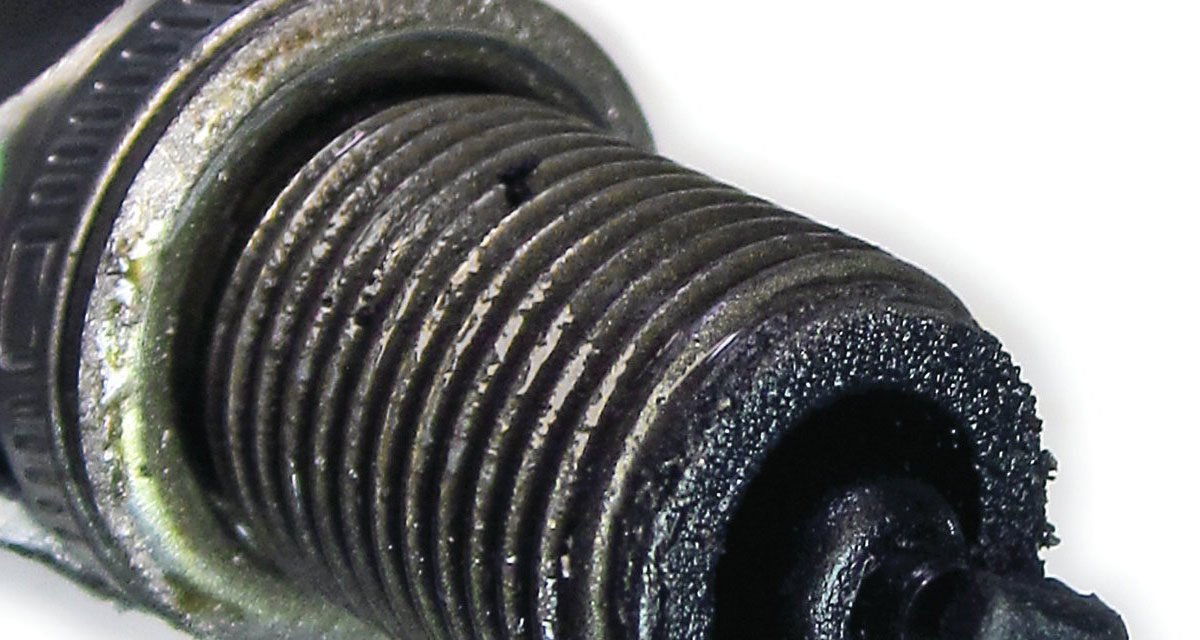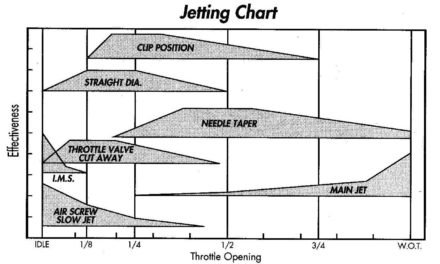Over the years I’ve heard of several ways to deal with fouled spark plugs. The most sure-fire way to eliminate the problem is to buy a four-stroke. However, for many that’s not an option. So with that in mind here’s a couple of other tips:
- The most important thing is to ensure the jetting is correct. With the correct jetting there is less chance of fouling the plug.
- Almost as important is to carry at least one extra spark plug. No matter how spot-on the jetting is, there’s still a chance of fouling, especially when riding in areas with extremely varied elevations. I usually end up carrying four. One for me and one (or three) for anyone else in the group.
- So what do you do if you’ve if you’ve fouled all of your plugs? Carry a small piece of emery cloth or fine-grit sandpaper. Use this to clean up the plug, blowing the plug clean occasionally. A little bit of gas can be used to rinse some of the nastier goop away. On occasion I’ve actually used a small nail file and on one occasion I used the little tin inner tube buffer out of a patch kit (this is not recommended but it did work when used with a little gas).
- If your out in the desert and have forgotten to bring sandpaper, a nail file, or a patch kit, I’ve heard of people using sand. Again, use a little gas to rinse the plug clean.
- I’ve also heard of this little trick (though I don’t recommend it):
- Pull the spark plug cap away from the plug until there is ¼ inch between the plug and the metal clamp in the plug boot.
- The rubber boot should still fit tightly on the plug, if not try using a zip-tie to tighten it in place.
- Start the bike and let it run for about a minute. This should clean the plug.
- Press the boot all the way down and you should be “good to go.”
- This could potentially damage the ignition on some bikes and should only be used as a last ditch effort. While I have never had to try this and can’t attest to it actually working, several people have reported to have used it successfully. In theory, this increases the resistance allowing the coil to increase its charge. The downside is that it could toast the coil and other sensitive ignition parts.
After cleaning the electrodes, a credit card can be used as an impromptu gap gage. Everyone rides with credit cards (or at least an insurance card), don’t they?
All of these tips have allegedly worked for one person or another. They may or may not work for you, but in a pinch they are something to try. As with anything, use common sense, take precautions, and don’t try anything you think is a stupid idea…








